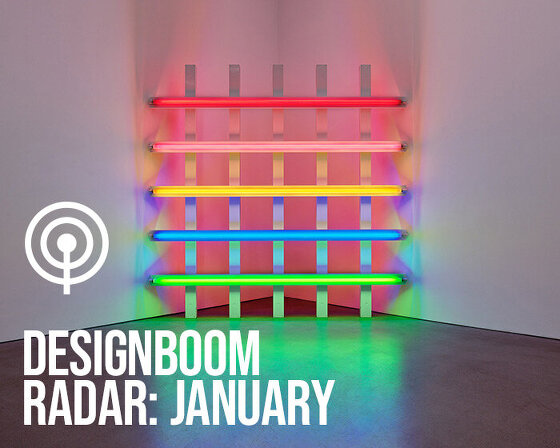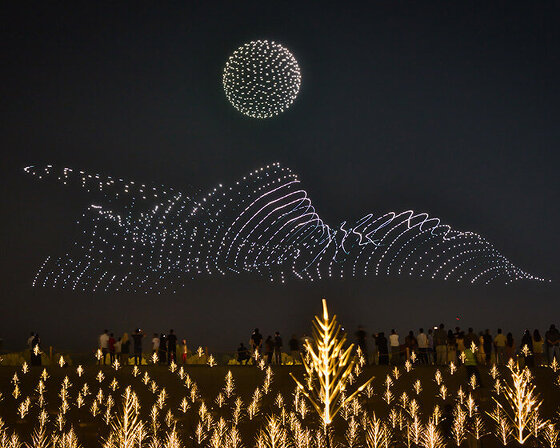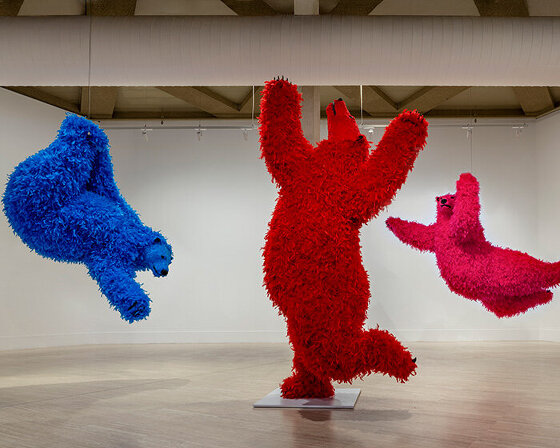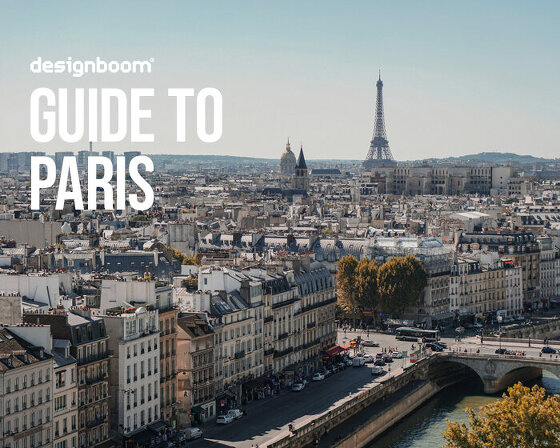KEEP UP WITH OUR DAILY AND WEEKLY NEWSLETTERS
explore our monthly round up of must-see art, design, and architecture exhibitions to check out around the world.
connections: +170
the works are staged within mangroves, tidal waterways, and open sky, allowing technology and environment to operate as a single system.
designboom speaks with the italian artist about the making of 'Ι don’t like it, Ι love it', the importance of freedom, and why the 'impossible' is often just the beginning.
connections: +580
explore must-see highlights of art basel paris, design miami.paris, and other standout shows and events across the city.
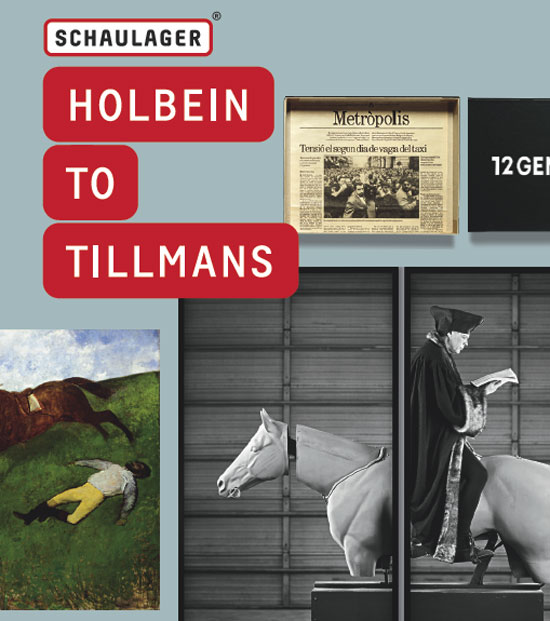
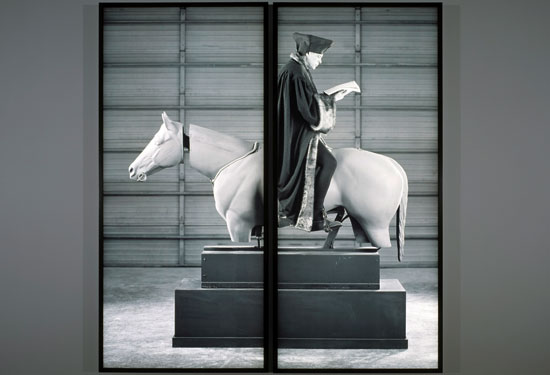 rodney graham, ‘allegory of folly: study for an equestrian monument in the form of a wind vane’, 2005 lightbox, two parts, each: 306 x 141 x 18 cm © rodney graham photo: tom bisig, basel
rodney graham, ‘allegory of folly: study for an equestrian monument in the form of a wind vane’, 2005 lightbox, two parts, each: 306 x 141 x 18 cm © rodney graham photo: tom bisig, basel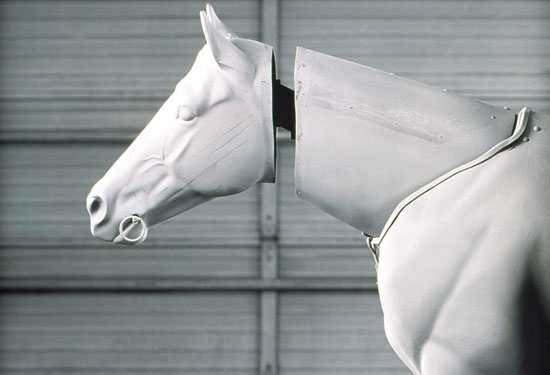 detail
detail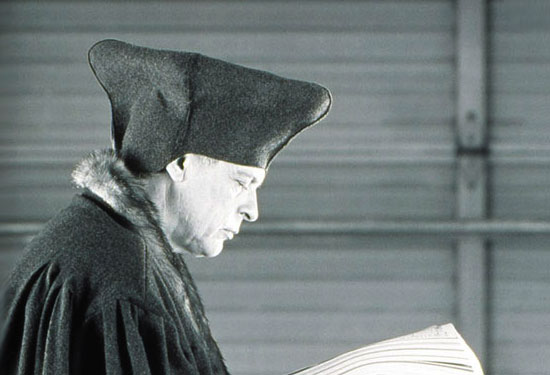 detail
detail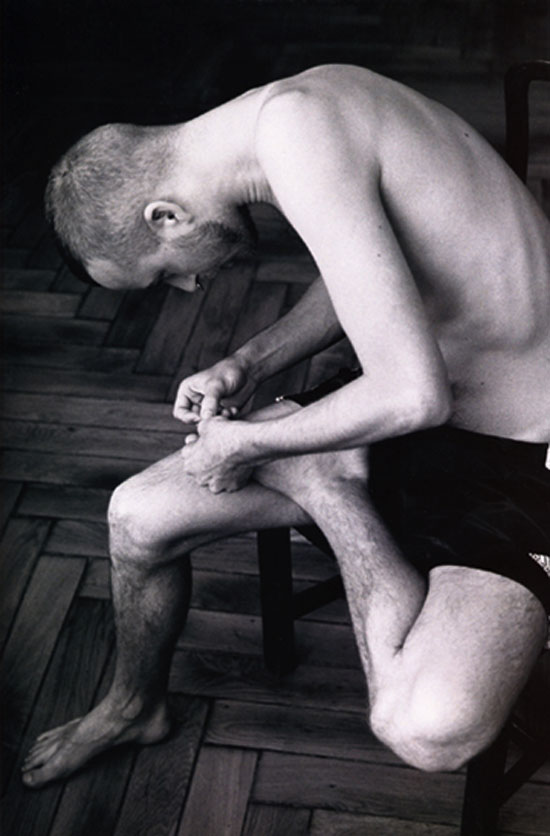 wolfgang tillmans, ‘anders pulling splinter from his foot’, 2004
wolfgang tillmans, ‘anders pulling splinter from his foot’, 2004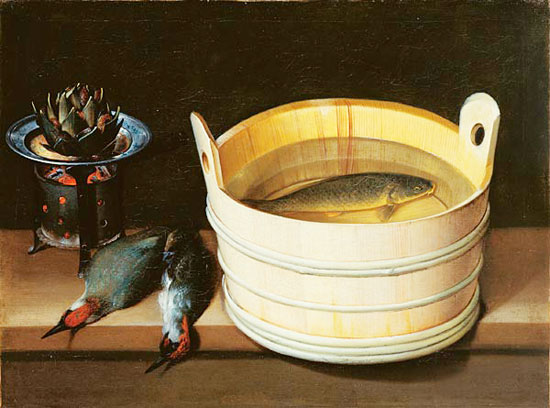 sebastian stoskopff, ‘zuber mit karpfen, glutherd mit artischocke und grünspechte’, 1928. photo: kunstmuseum basel, martin p. bühler
sebastian stoskopff, ‘zuber mit karpfen, glutherd mit artischocke und grünspechte’, 1928. photo: kunstmuseum basel, martin p. bühler